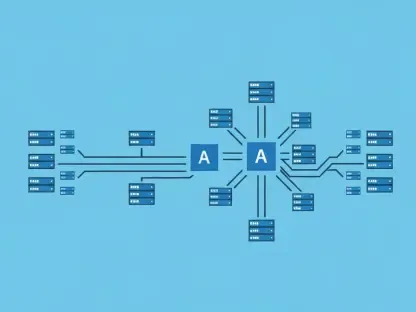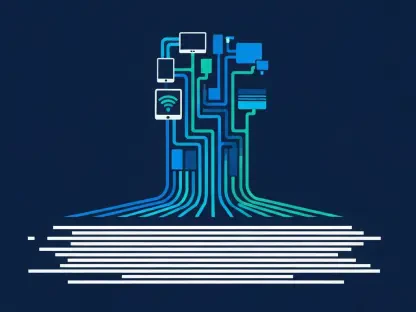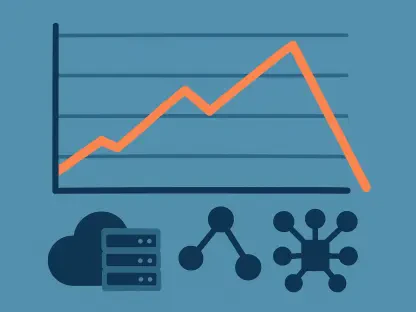As a leader in the software development industry, you’re constantly seeking ways to boost efficiency, cut costs, and enhance the overall quality of your products. It’s crucial to stay ahead of emerging technologies. One technology rapidly gaining traction and transforming the way software teams operate is AIOps. AIOps, short for Artificial Intelligence for IT Operations, is a burgeoning approach leveraging machine learning and artificial intelligence to automate IT operations tasks. This powerful combination enables teams to proactively detect and resolve issues, improve performance, and enhance overall system reliability, potentially revolutionizing the landscape of IT operations and software development.
Why is AIOps Gaining Momentum?
Several factors are driving the increasing adoption of AIOps in modern IT environments. Today’s software systems are becoming increasingly complex, generating massive amounts of data that traditional monitoring tools struggle to handle. AIOps excels in managing this complexity, offering critical insights that would otherwise go unnoticed. The rise of DevOps practices further amplifies AIOps’ appeal, as these teams need to move swiftly and efficiently. By automating many manual tasks, AIOps frees up developers to focus on innovation rather than maintenance, significantly boosting productivity.
Moreover, in an era where proactive problem-solving is imperative, AIOps stands out by predicting potential issues before they become critical, allowing teams to take preventive action and avoid costly downtime. Its ability to analyze vast amounts of data provides actionable insights, empowering teams to make informed decisions swiftly. This emphasis on improved decision-making enhances operational efficiency and contributes to better resource management and optimized workflow, which are key in maintaining a competitive edge in the software development industry.
Two AIOps Predictions for 2025
Experts in the field have made compelling predictions about the role of AIOps in the near future. Josh Kindiger, President and COO of Grokstream, anticipates that traditional observability tools will become obsolete by 2025 as AI technology advances. He suggests that AIOps platforms will soon receive raw data streams and symptoms directly, allowing systems to autonomously detect issues, determine their root causes, and resolve them without human intervention. This shift toward self-healing IT operations marks a significant evolution from current practices, showcasing the transformative potential of AIOps.
Additionally, Casey Kindiger, CEO of Grokstream, projects a more strategic role for Generative AI in modern IT operations, particularly through the deployment of special-purpose Large Language Models (LLMs). These LLMs will effectively model expert decision-making across various IT Operations Management (ITOM) and service assurance processes. This combination of expertise encoding and retrieval-augmented generation will enhance the precision and efficiency of IT operations. Generative AI’s evolution will not only streamline operational areas but also liberate human ingenuity, allowing IT professionals to focus more on innovation and strategic planning.
Getting Started with AIOps
As a leader in the software development industry, you’re always on the lookout for ways to increase efficiency, reduce costs, and improve the quality of your products. Staying ahead of emerging technologies is vital. One rapidly advancing technology making a significant impact on how software teams function is AIOps, which stands for Artificial Intelligence for IT Operations. This innovative approach applies machine learning and artificial intelligence to automate various IT operations tasks. By utilizing this robust combination, teams can proactively identify and resolve issues, enhance performance, and improve overall system reliability. AIOps has the potential to revolutionize the IT operations and software development landscape, providing a strategic edge in an ever-evolving field. Adopting AIOps allows organizations to stay competitive and meet the growing demands for higher quality and more reliable software solutions, ultimately transforming the way they operate and deliver value to their customers.









